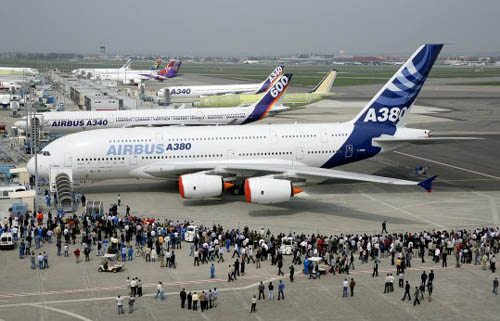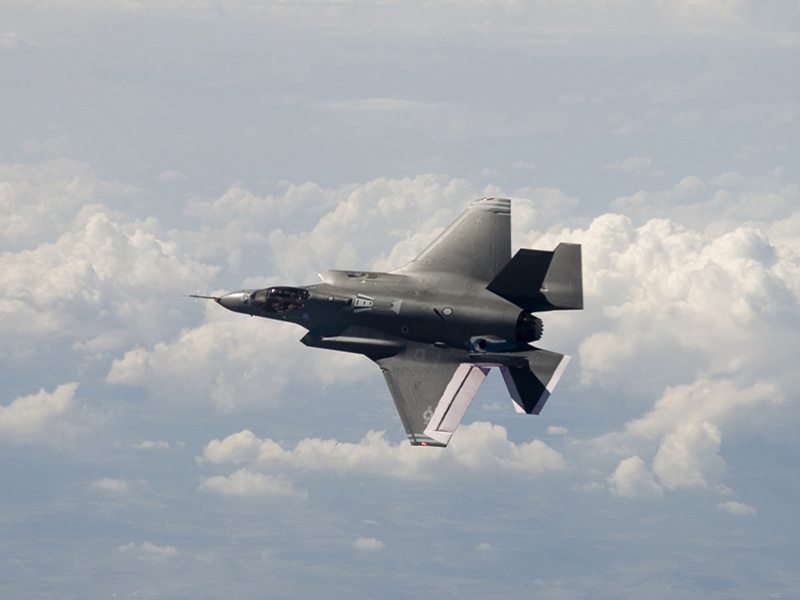Forecast International has released a new study projecting that a total of 13,869 large commercial jet transports will be produced from 2011 through 2020. The Connecticut-based market research firm estimates the value of this production at $1.8 trillion in constant 2011 U.S. dollars.
The new study details the changing landscape of the large jetliner market. This market has been dominated by Airbus and Boeing ever since the latter company absorbed McDonnell Douglas in the late 1990s. For most of this time, the Airbus/Boeing duopoly has been virtually unchallenged. However, new competitors are now looking to take market share away from the two giant manufacturers.
This new competition is found in the narrowbody segment of the market, where products such as the Bombardier CSeries, the Comac C919, and the Irkut MC-21 have appeared. The CSeries is a family of 100-145 seat airliners sized to compete at both the top end of the regional jet market and the lower end of the large airliner market.
In response to the increased competition (particularly the CSeries), Airbus launched the A320neo (New Engine Option) family in late 2010. Slated for service entry in 2015, the A320neo is a family of re-engined variants of Airbus’ existing A320 series narrowbody airliners.
The launch of the A320neo has placed Boeing in a difficult position. Not enthusiastic about re-engining its 737 narrowbody, the U.S. company is instead leaning toward introduction of an all-new narrowbody for service entry in the 2019-2020 timeframe. Boeing expects to make a decision by early 2012.
Boeing has indicated that, should it decide to pursue development of a new narrowbody, the aircraft would be somewhat larger than the current 737. Forecast International senior aerospace analyst Raymond Jaworowski said, “How Boeing sizes its all-new narrowbody would have repercussions on the market as a whole. If the new Boeing aircraft is sized from 145 or 150 seats up, this would leave the 125-150 seat segment to Airbus’ A319 and A319neo, Bombardier’s CSeries, and possibly a new aircraft from Embraer.”
Meanwhile, the widebody segment of the large airliner market will continue to be largely a contest between Airbus and Boeing. The latter’s new 787 is getting ready to enter service, following a protracted series of schedule delays. Airbus’ response to the 787 is the new A350 XWB, which should follow the 787 into service by a couple of years. The A350 also targets Boeing’s 777, and Boeing has some decisions to make as to how to protect the 777’s market share from encroachment by the A350. Possible responses could include upgrading or replacing the 777 and launching a stretched variant of the 787.
The global airline industry returned to profitability in 2010, after two years of net financial losses. The turnaround was spurred by robust (though geographically uneven) growth in air traffic and strong improvement in yields. Nevertheless, high operating costs are squeezing airline profits, and optimism about the market must be tempered by a number of other concerns. These include the still fragile nature of the general economic recovery (especially in Europe and North America), the impact of taxes and regulations on the airline industry, and the ability (and willingness) of airlines to maintain capacity discipline as air traffic continues to grow.
Forecast International, Inc. is a leading provider of Market Intelligence and Analysis in the areas of aerospace, defense, power systems and military electronics. Based in Newtown, Conn., USA, Forecast International specializes in long-range industry forecasts and market assessments used by strategic planners, marketing professionals, military organizations, and governments worldwide.











